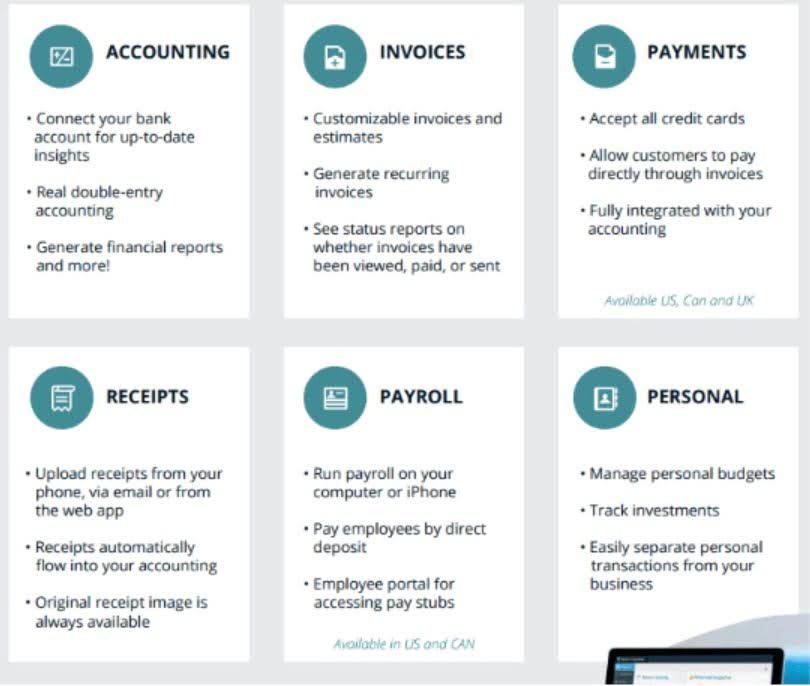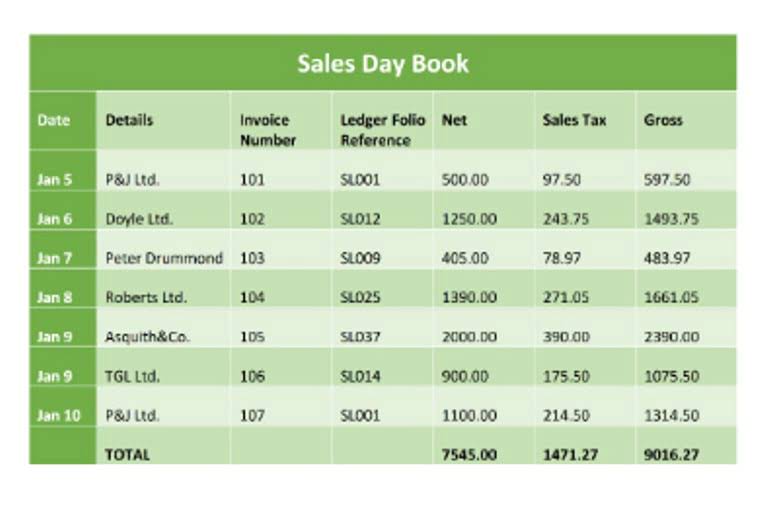
By lowering reported profits, companies using LIFO may find it easier to manage cash flow and reinvest in growth opportunities. This approach can be particularly beneficial for businesses with non-perishable inventory, where the risk of obsolescence is lower. FIFO is particularly suited to businesses in stable or deflationary markets. It ensures that the inventory valuation reflects the most recent costs, giving a clearer view of the financial state of the business. However, in rapidly rising markets, FIFO’s higher profits may lead to increased tax burdens.

Cost of Goods Sold and The Income Statement for Manufacturing Companies

So, the cost of the widgets sold will be recorded as $900, or five at $100 and two at $200. Michelle Payne has 15 years of experience as a Certified Public Accountant with a strong background in audit, tax, and consulting services. She has more than five years of experience working with non-profit organizations in a finance capacity. Keep up with Michelle’s CPA career — and ultramarathoning endeavors — on LinkedIn.
- Industries experiencing rapid and frequent changes in the prices of goods—such as oil and gas, commodities, and certain types of manufacturing—often use LIFO.
- For this reason, companies must be especially mindful of the bookkeeping under the LIFO method as once early inventory is booked, it may remain on the books untouched for long periods of time.
- This can result in substantial tax savings, improving cash flow and offering more financial flexibility.
- Upon receiving them, the last inventory stock would always be the first to be used.
- Clear can also help you in getting your business registered for Goods & Services Tax Law.
What Types of Companies Often Use FIFO?

Due to the simplification in the periodic calculation, slight variance between the two LIFO calculations can be expected. So out of the 14 units sold on January 6, we assign a value of $700 each to five units with the remainder of 9 units valued at the cost of the next most recent batch ($600 each). When inventory balance consists of units with a different value, it bookkeeping is important to show those separately in the order of their purchase. Doing so will ensure that the earliest inventory appears on top, and the latest units acquired are shown at the bottom of the list.
Industries with High Price Volatility
Last in, first out (LIFO) is a method used to account for business inventory that records the most recently produced items in a series as the ones lifo formula that are sold first. To calculate FIFO, multiply the amount of units sold by the cost of your oldest inventory. If the number of units sold exceeds the number of oldest inventory items, move on to the next oldest inventory and multiply the excess amount by that cost.

It ensures that the oldest stock is sold first, reducing the risk of obsolescence. Selecting between FIFO and LIFO depends on your business’s unique https://www.bookstime.com/ circumstances. Both methods have their strengths and weaknesses, and understanding these is key to making an informed decision.
- Under periodic, you wait until the end of the period and then take the most recent purchases, but under perpetual, we take the most recent purchases at the time of the sale.
- For example, a company that sells seafood products would not realistically use their newly-acquired inventory first in selling and shipping their products.
- A bicycle shop has the following sales, purchases, and inventory relating to a specific model during the month of January.
- Dollar-value LIFO is an accounting method used for inventory that follows the last-in-first-out model.
- Ideally, LIFO is used when a business’s COGS tend to be higher and profits are lower.
- The LIFO method is responsible for understating profit and exaggerating COGS (Cost of Goods Sold).

Leave A Comment